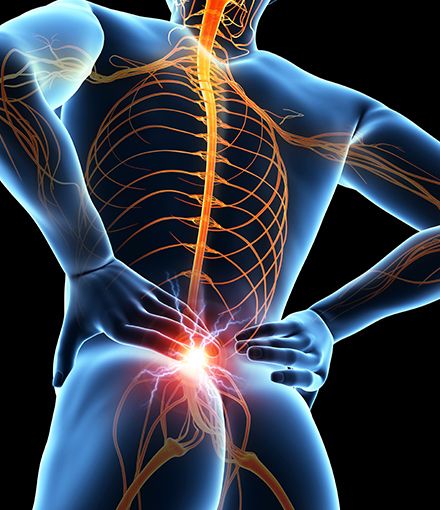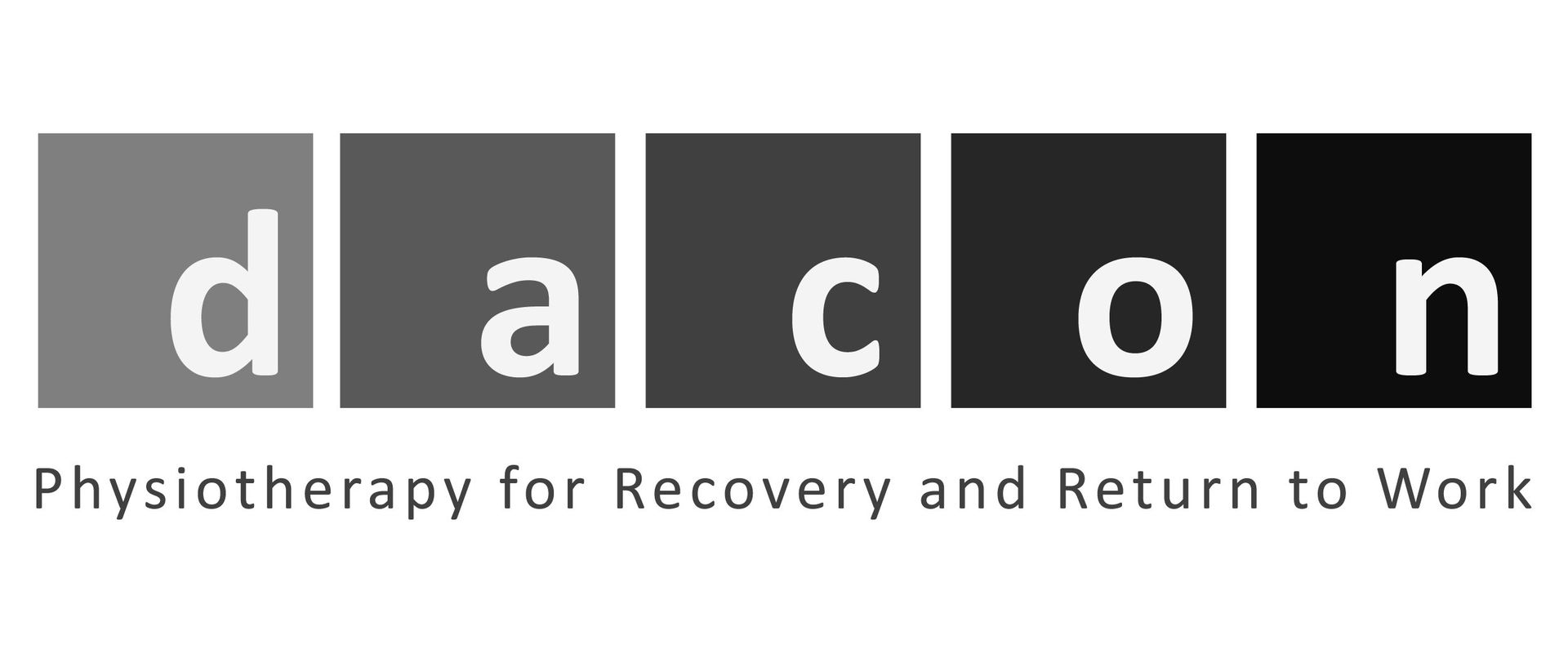Work
Work is a positive health behaviour. Work not only provides income to sustain living and service a lifestyle, but a range of other health benefits. Conversely, long term absence from work is associated with physical, psychosocial and financial health risks to injured worker and his/her family. Wherever practical and safe, remaining at work while recovering from injury, or returning to work as soon as possible, maximises the injured worker’s recovery potential.
Return-to-work is as essential for recovery, as recovery is for return-to-work.
Work injury, and work absence due to injury, are a huge burden on the injured worker and his/her family, employer and community in general.
All stakeholders including worker, employer, insurer and practitioners etc should work collaboratively with the common goals of hastening recovery and return-to-work in the knowledge that chronicity is a cancer that erodes recovery potential and causes pain and cost blow-out for all stakeholders.

Pain

Smart K, Blake C, Staines A, Thacker M, Doody C. Mechanisms-based classification of musculoskeletal pain: Part 3 of 3: Symptoms and signs of nociceptive pain in patients with low back (+ leg) pain. Manual Therapy 17 (2012) 352-357.
Smart K, Blake C, Staines A, Thacker M, Doody C. Mechanisms-based classification of musculoskeletal pain: Part 1 of 3: Symptoms and signs of central sensitisation in patients with low back (+ leg) pain. Manual Therapy 17 (2012) 336-344.
Practitioners
Treating practitioners have a huge role to play in the injured worker’s recovery. This is not only in relation to the investigative and treatment services they administer, but in the education and advice they impart which has potential to significantly fashion their patient’s knowledge and
beliefs about the nature of their injury, its causes, their recovery potential, the meaning of pain, its treatment, the safety of physical activity, work participation etc, and ultimately, their coping responses and their propensity to recover.
There is an expectation that practitioners contributing to the rehabilitation of injured workers are familiar with and support industry-respected, best-practice policies and guidelines such as the
Clinical Framework Guidelines
and the
AFOEM/RACP policy on the health benefits of work
and preventing work disability etc.

These guidelines do not seek to micromanage practitioners but they do provide an evidence-based framework on which practitioners can design and administer effective and appropriate treatment that is tailored to their patient’s needs in promoting timely recovery and return-to-work.
The principles against which a practitioner’s therapeutic contribution is determined to be “reasonably incurred” (per Return to Work Act 2014), appropriate and necessary are:
Turner J, Franklin G, Fulton-Kehoe D, Sheppard L, Wickizer T, Wu R, Gluck J, Egan K. Worker Recovery Expectations and Fear-Avoidance Predict Work Disability in a Population-Based Workers’ Compensation Back Pain Sample. Spine: 15 March 2006, volume 31, issue 6, pp. 682-689
David Annells Consulting
acknowledges the following websites for their contribution to information and/or research about pain
and evidence-based management.
David Annells Consulting | dacon
Physiotherapy for Recovery and Return to Work
08 8357 9000
08 8357 9000





